
Recommendation
Machine learning is becoming ubiquitous. This branch of artificial intelligence works by teaching a computer program what correct output looks like. This powerful method raises questions regarding fair outcomes for the people machine learning (ML) affects. Software engineer and attorney Aileen Nielsen examines different kinds of fairness and how training data and algorithms can promote them. For those developing machine learning models, she provides useful examples in Python.
Summary
About the Author
Software engineer and lawyer Aileen Nielsen combines work at a deep learning start-up with a fellowship in law and technology at ETH Zürich.
Learners who read this summary also read
Book
Book
Book


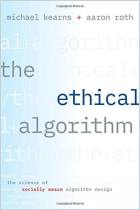

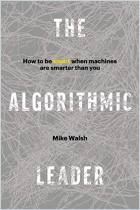
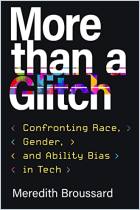
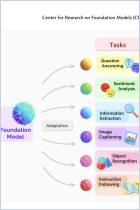
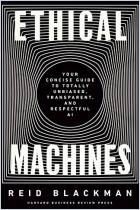





Comment on this summary